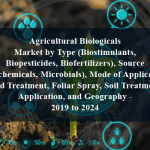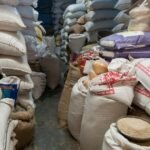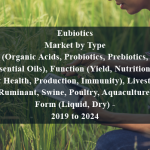OVERVIEW
The food safety testing market is projected to reach USD 6.2 billion by 2024, rising at a CAGR of 7.5% during the forecast period. The European market for food safety testing is growing significantly, driven by the robust introduction of food safety regulations to ensure food safety and the globalization of food supply. Market demand for food safety in Europe has also expanded the need for food safety research.
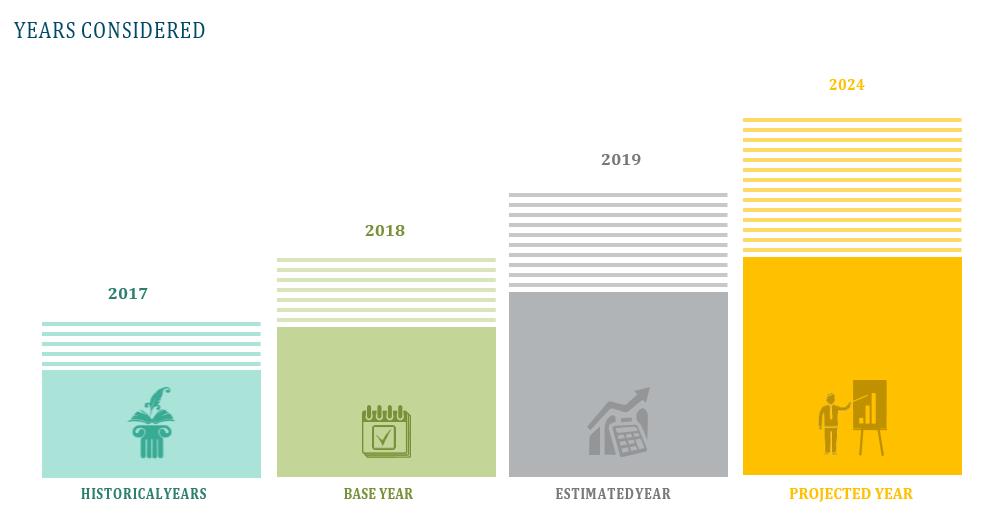


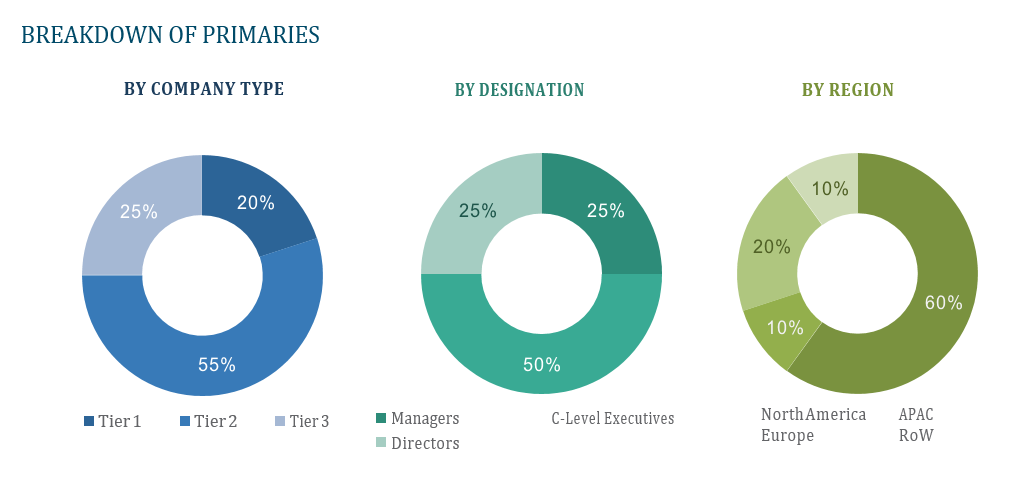
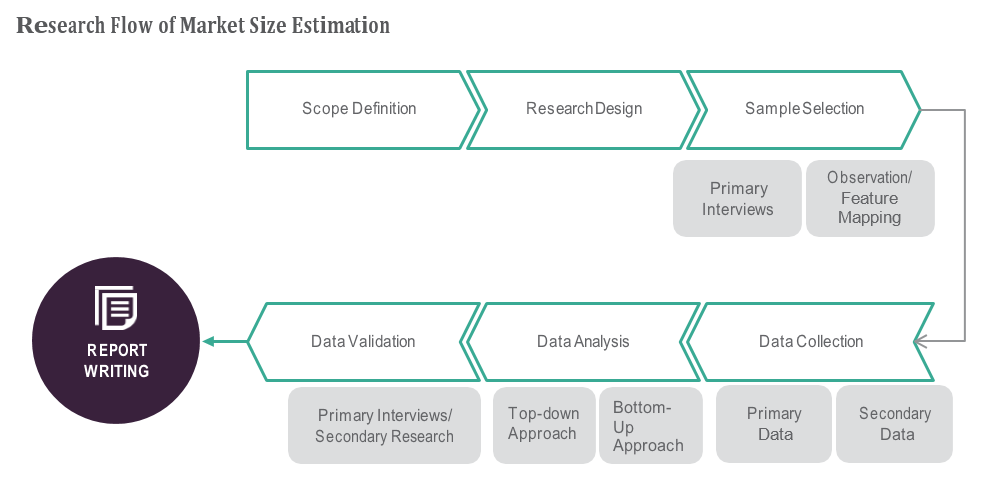

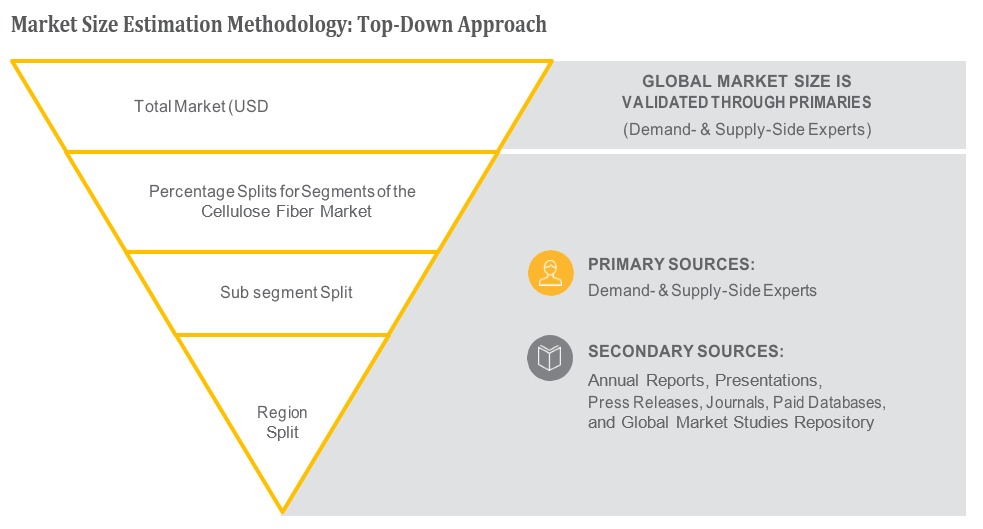
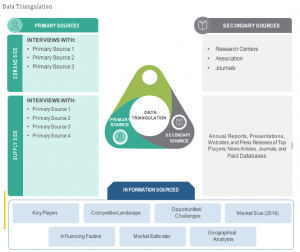
TABLE OF CONTENT
1 Global European Food Safety Testing Market
1.1 Study Objectives
1.2 Market Definition
1.3 Study Scope
1.3.1 Markets Covered
1.3.2 Geographic Scope
2 RESEARCH METHODOLOGY
2.1 Research Data
2.1.1 Secondary Data
2.1.1.1 Key Data From Secondary Sources
2.1.2 Primary Data
2.1.2.1 Key Data From Primary Sources
2.1.2.2 Key Industry Insights
2.1.2.3 Breakdown of Primaries
2.2 Market Size Estimation
2.2.1 Bottom-Up Approach
2.2.2 Top-Down Approach
2.3 Market Breakdown and Data Triangulation
2.4 Research Assumptions
3 Global European Food Safety Testing Market – Executive Summary
3.1 Market Revenue, Market Size and Key Trends by Company
3.2 Key Trends by type of Application
3.3 Key Trends segmented by Geography
4 Global European Food Safety Testing Market – Comparative Analysis
4.1 Product Benchmarking – Top 10 companies
4.2 Top 5 Financials Analysis
4.3 Market Value split by Top 10 companies
4.4 Patent Analysis – Top 10 companies
4.5 Pricing Analysis
5 Global European Food Safety Testing Market – Industry Market Entry Scenario
5.1 Regulatory Framework Overview
5.2 New Business and Ease of Doing business index
5.3 Case studies of successful ventures
5.4 Customer Analysis – Top 10 companies
6 Global European Food Safety Testing Market – Market Forces
6.1 Introduction
6.2 Market Dynamics
6.2.1 Drivers
6.2.2 Opportunities
6.2.3 Challenges
6.3 Porters Analysis of Market
6.3.1 Bargaining power of suppliers
6.3.2 Bargaining powers of customers
6.3.3 Threat of new entrants
6.3.4 Rivalry among existing players
6.3.5 Threat of substitutes
7 Global European Food Safety Testing Market – Strategic Analysis
7.1 Value Chain analysis
7.2 Product Life Cycle
7.3 Supplier and distributor analysis (Market share and product dealing strategies)
8 Global European Food Safety Testing Market – By Contaminants (Market Size – &million/billion)
8.1 Pathogens
8.2 Pesticides
8.3 Pesticides
8.4 Toxins
9 Global European Food Safety Testing Market – By Technologies
9.1 Traditional Technology
9.2 Rapid Technology
10 Global European Food Safety Testing Market – By Food Types
10.1 Meat & Poultry Products
10.2 Dairy Products
10.3 Processed Food
10.4 Fruit & Vegetable
11 Global European Food Safety Testing Market – By Countries (Market Size – &million/billion)
11.1 Introduction
11.1.1 U.K.
11.1.2 Germany
11.1.3 France
11.1.4 Italy
11.1.5 Others
12 Global European Food Safety Testing Market – Entropy
12.1 New product launches
12.2 M&A’s, collaborations, JVs and partnerships
13 Global European Food Safety Testing Market Company Profile (Key Players)
13.1 Market Share, Company Revenue, Products, M&A, Developments
13.2 Bio-Rad Laboratories
13.3 Bureau Veritas SA
13.4 Campden BRI
13.5 Intertek Group Plc
13.6 Lloyd’s Register Quality Assurance Limited
13.7 Det Norske Veritas As (Dnv)
13.8 Genevac Ltd
13.9 Genon Laboratories Ltd
13.10 IFP Institut Für Produktqualität Gmbh
13.11 Eurofins Central Analytical Laboratories Inc.
13.12 Company 11 & more
14 Global European Food Safety Testing Market – Appendix
14.1 Sources
14.2 Abbreviations











